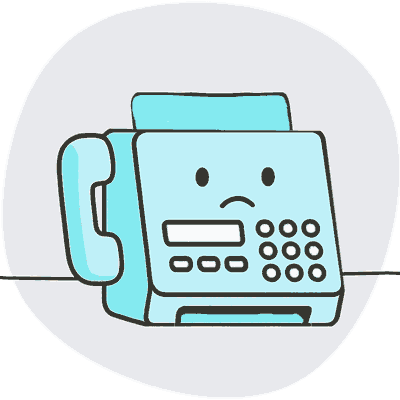A Year Later, San Bernardino Victims Face Work Comp Struggle

A flurry of recent media attention brought light to the struggle for treatment endured by victims of last year’s San Bernardino terrorist attack.¹ On the first anniversary of the shooting, one thing is inescapably clear: California’s workers’ comp authorization system isn’t working.
We can say that with confidence, because DaisyBill is the largest single provider of services to the California physicians working to cure employees injured at work. Our database includes millions of points of data for care provided to over 270,000 injured California employees. On a large scale, we bear first-hand witness to the difficulties these physicians must overcome to simply provide injured employees with the necessary care.
To understand the failings of the current system, one need only examine its convoluted mechanics. A 2013 California mandate states that, prior to providing an injured employee the treatment they need, a physician must first receive authorization from the employer’s utilization review company agreeing to pay for the requested care. If a physician fails to obtain the mandatory authorization, no payment is due for the care provided to the injured employee.
This authorization mandate applies to all treatment, major or minor – every single prescription, x-ray, injection, splint, blood test or surgery is subject to these rules. The only exception is for emergency treatment. In these special cases, the physician must receive authorization after providing the emergency care. And even then, it’s subject to denial by the employer’s utilization review, in which case the employer owes no money for the urgent care rendered to their injured employee. The upshot? Fewer injured workers receive care, and fewer physicians get paid.
The premise of California’s workers' comp system is inherently flawed – one must trust that every employer’s moral conscience outweighs their interest in their own financial stakes. This is optimistically naive at best. As long as the employer, who caused the injury, is also allowed to decide whether to pay for care, an inherent conflict of interest exists.
The utilization review entities hired by employers to decide whether to pay for medical treatment are typically private firms with no direct knowledge of the case in question. These companies are often hired based on the frequency with which they deny treatment. Recent legislation curbs this cutthroat behavior, but it doesn’t take effect until the start of the new year. Meanwhile, many injured employees like the San Jose firefighters or those who survived the San Bernardino shooting are left to suffer through another month without sufficient care.²
Here at DaisyBill, we hear stories of frustrated physicians every day. This convoluted process of delaying treatment while waiting for authorization wastes time and money, and prolongs and sometimes worsens employee injuries.
In the all-too-common event that an employer refuses to pay for the physician’s recommended care, the injured employee must file a complicated form requesting the State to reassess the employer’s refusal to pay for the care. The State relies on the employer to submit the necessary records and anonymous, third party physicians make the final decision without ever meeting the injured employee. It’s no wonder that San Bernardino survivors describe their fight to receive adequate treatment as a whole new trauma.³
The plight of the injured employee is a lonely one. No other segment of society must endure this kind of process to receive medical care. Stories like those of the San Bernardino victims and San Jose firefighters help illuminate this awful truth.
Protect your practice. Harness the power of daisyBill software, data, and expertise for faster, better workers’ comp billing. Reach out to learn how we can help.
CONTACT US
¹ A heart-breaking overview of the situation is available via the New York Times.
² It’s important to remember that, for every high-profile case that attracts media attention, there are thousands of other injured workers across the state going through the same struggle.
³ Additional coverage available on NPR.
Photo credit: San Bernardino County Line" byJ. Stephen Conn is licensed under CC BY 2.0
DaisyBill provides content as an insightful service to its readers and clients. It does not offer legal advice and cannot guarantee the accuracy or suitability of its content for a particular purpose.



